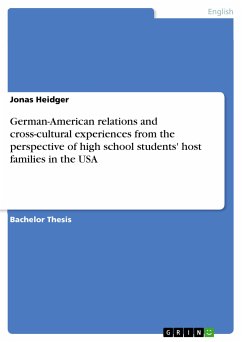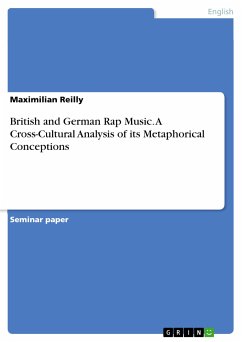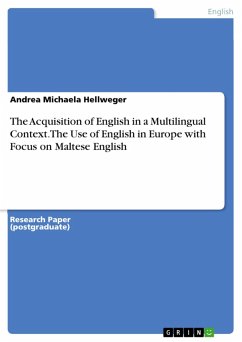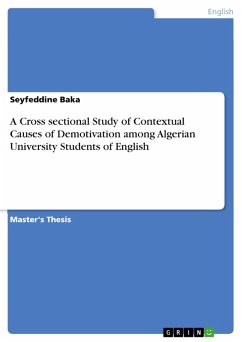Seminar paper from the year 2011 in the subject American Studies - Linguistics, grade: A, Southern Illinois University Carbondale, language: English, abstract: When semanticists examine the way speakers or writers code the knowledge they expect their listeners or readers to have in a sentence, one of the most important aspects to consider is the information structure of the sentence. Within this information structure, a subdivision is commonly made between already known or given information, which is usually referred to as the 'topic' of the sentence, and new information, normally called the 'focus'. While some languages, for instance Somali, possess explicit focus markers to indicate the focalization of certain elements in a sentence, English has to rely mainly on the intonation of a sentence as the focus marker due to its rigid subject-verb-object (SVO) word order. German, on the other hand, provides a greater syntactic flexibility since it is a highly inflected language in which the grammatical function of words is less defined by their position within a sentence than their grammatical cases. Therefore, speakers of German do not have to rely solely on changing the intonation in order to mark a sentence's focus, but may also use syntactic displacement as a focus marker. Nevertheless, syntactic changes to focalize certain elements in a sentence are also possible to a limited extent in English, but they require special constructions not necessary for focus marking in German. Since these differences in focus marking seem to be significant in light of the fact that both English and German are Germanic languages, they will constitute the main focus of this paper. I will begin my study of topic and focus in the two languages with an examination of the several strategies for focusing employed in spoken English and German and then continue with those strategies typically used in writing. In doing this, I take account of the limitation of some of these strategies to one of these two different forms of communication.
Dieser Download kann aus rechtlichen Gründen nur mit Rechnungsadresse in A, B, BG, CY, CZ, D, DK, EW, E, FIN, F, GR, HR, H, IRL, I, LT, L, LR, M, NL, PL, P, R, S, SLO, SK ausgeliefert werden.









